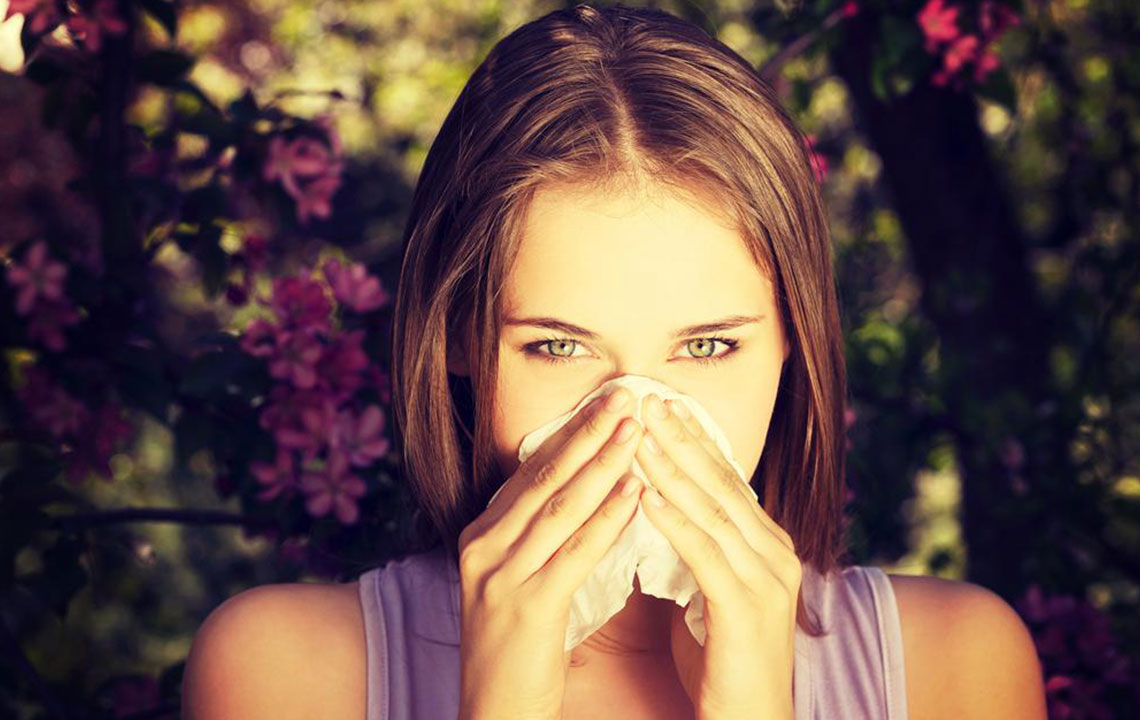Comprehensive Guide to Recognizing and Controlling Seasonal Allergy Symptoms
Learn how to identify and manage seasonal allergy symptoms with effective strategies. This comprehensive guide covers allergen triggers like pollen and mold, plus practical tips for reducing exposure indoors and outdoors. Discover how protective measures, environmental controls, and daily habits can improve your quality of life during allergy seasons. Consult healthcare professionals for personalized treatment options to achieve long-term relief from allergy symptoms. Suitable for anyone seeking detailed allergy management guidance to enjoy seasonal changes comfortably.

Comprehensive Guide to Recognizing and Controlling Seasonal Allergy Symptoms
Every year, millions of individuals in the United States face the uncomfortable and often disabling symptoms of seasonal allergies. With an estimated 36 million Americans affected annually, these allergic reactions can significantly impact daily routines, work productivity, and overall quality of life. Symptoms such as a persistent runny nose, itchy and watery eyes, nasal congestion, sneezing, and throat irritation are common during certain times of the year, especially in spring, summer, and fall. Although there is no definitive cure for allergies, understanding their root causes and adopting effective strategies can greatly alleviate discomfort and enhance daily living.
Identifying Your Allergy Triggers: The first step in managing seasonal allergies is to accurately identify the specific allergens that trigger your symptoms. The primary culprits are often airborne pollen from weeds, grasses, and trees, along with mold spores that flourish in damp environments. Among these, ragweed is notorious for producing billions of pollen grains that can drift over hundreds of miles, severely affecting individuals even far from the source. Molds, on the other hand, thrive in moist, humid conditions—especially after rainy seasons—releasing spores that can be inhaled and cause allergic reactions. Recognizing these triggers is essential for developing an effective allergy management plan.
In addition to pollen and mold, other environmental factors such as pollution, pet dander, and dust mites can exacerbate allergy symptoms. Conducting allergy testing through a healthcare professional can pinpoint specific sensitivities, allowing for targeted strategies to minimize exposure. Understanding your unique allergy profile is fundamental to controlling symptoms and preventing flare-ups.
Once allergens are identified, the next step is to implement environmental and behavioral modifications that reduce exposure and alleviate symptoms. Protective measures are simple yet effective and include wearing masks during outdoor activities like gardening, yard work, or walks in high pollen zones. These masks can filter out airborne particles, preventing them from reaching your nasal passages and lungs.
Improving indoor air quality is crucial in allergy management. Utilizing High-Efficiency Particulate Air (HEPA) filters in your home can significantly reduce pollen, pet dander, and mold spores circulating in the air. Coupled with dehumidifiers, these devices create an environment less favorable for mold growth and dust mites, further reducing the risk of allergy symptoms.
Regular household cleaning routines are also vital. Changing and cleaning air conditioner filters frequently (preferably every 1-3 months) helps prevent the buildup of indoor irritants. Washing bedding and curtains in hot water weekly can remove dust mites and pollen residues.
Prevention also extends to daily habits. Before traveling or spending time outdoors during peak pollen seasons, check local pollen forecasts to plan excursions during lower pollen count periods, typically early mornings or after rain showers when pollen levels are reduced. Wearing sunglasses or glasses can protect your eyes from airborne pollen particles.
Post outdoor activities, showering and changing into clean clothes help remove pollen from your skin and hair, reducing indoor allergen levels. Choosing the right times for outdoor exercise, such as early mornings or late evenings when pollen counts tend to be lower, can minimize exposure.
If you have pets, regular bathing and grooming efforts can help reduce the amount of pollen they carry indoors. Keeping pets out of bedrooms and off beds during high pollen seasons also helps maintain a cleaner indoor environment, significantly decreasing your allergy symptoms.
In summary, effective management of seasonal allergy symptoms hinges on a combination of allergen identification, environmental modifications, and daily habits designed to minimize exposure. While these strategies don't cure allergies, they can dramatically reduce discomfort and enable you to enjoy seasonal changes more fully. Consulting with healthcare providers for customized treatment options such as antihistamines, nasal sprays, or immunotherapy can further enhance symptom control, providing long-term relief for allergy sufferers.





